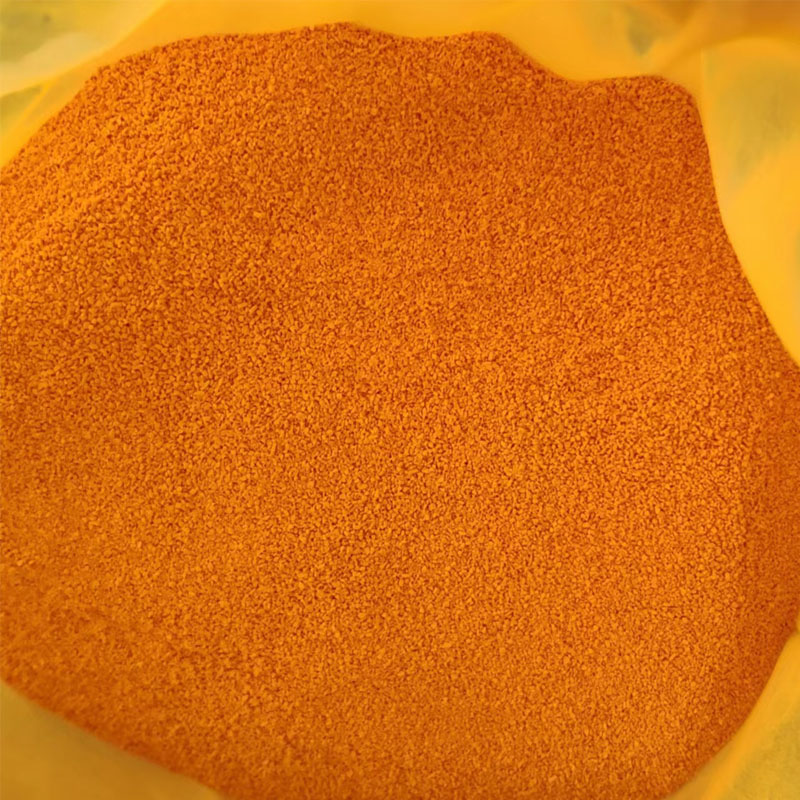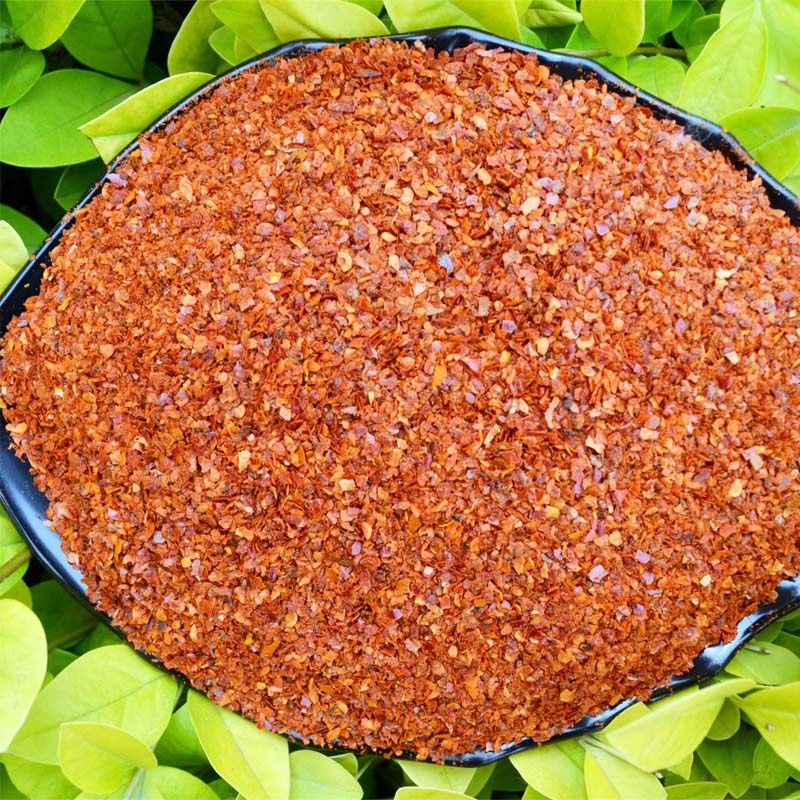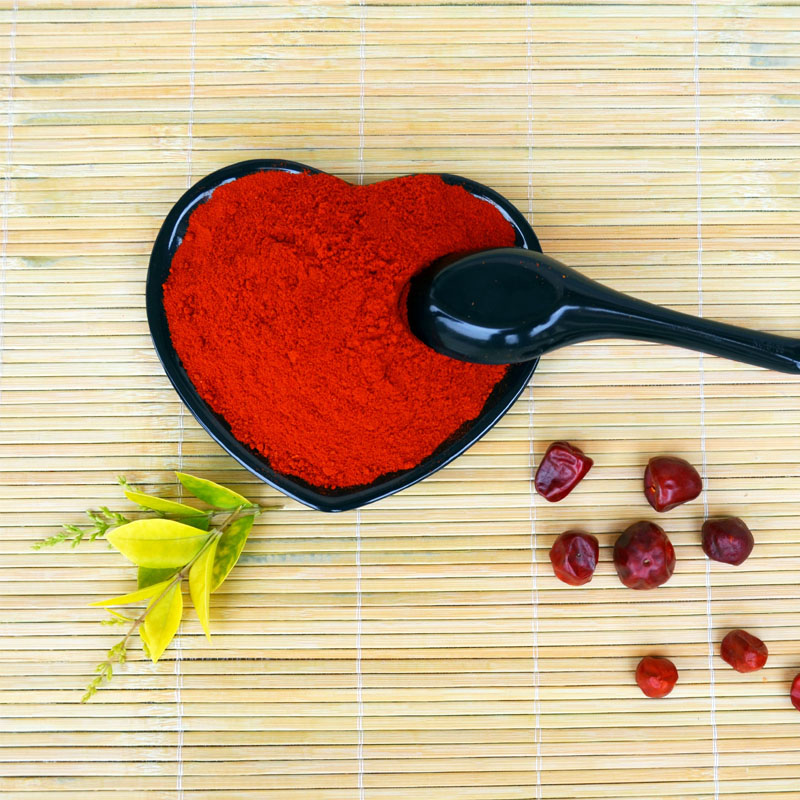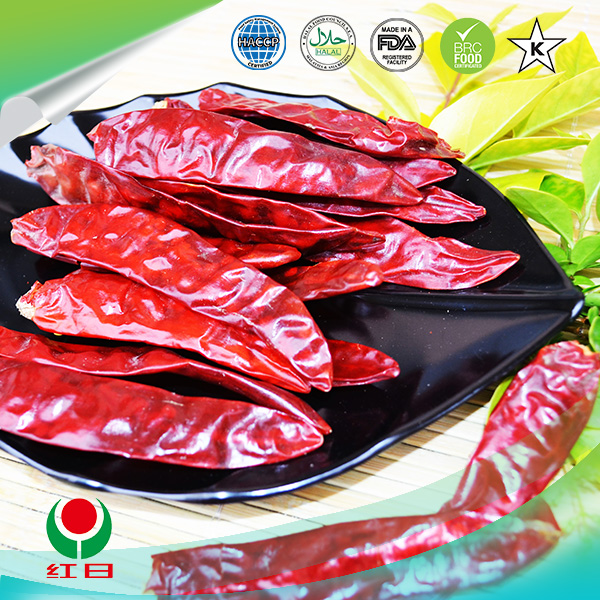- No. 268 Xianghe Street, Economic Development Zone of Xingtai city, Hebei 054001 China
- Byron@hbhongri.cn
Export Opportunities for Picante Paprika in the Global Market for Spice Traders and Producers
The Global Landscape of Picante Paprika Exporters
Paprika, a vibrant spice known for its rich flavor and eye-catching color, has long been a staple in kitchens around the world. Among its various forms, picante paprika—characterized by its spicy flavor profile—has gained immense popularity. This article examines the landscape of picante paprika exporters, exploring their significance in the spice trade, the regions leading in production, and the challenges they face in today's global market.
The Significance of Picante Paprika
Picante paprika is derived from drying certain varieties of Capsicum annuum, commonly known as sweet peppers. The spicy variant is not only celebrated for its culinary versatility but also for its health benefits. Rich in antioxidants, vitamins, and capsaicin, picante paprika enhances flavors while offering nutritional value. As many consumers become more health-conscious, the demand for natural and flavorful ingredients has surged, elevating the status of picante paprika in both domestic and international markets.
Leading Exporting Regions
Spain, Hungary, and the United States are the three major players in the picante paprika export industry
.1. Spain Known as the cradle of paprika, Spain offers a rich variety of this spice, including picante paprikas from the La Vera region. Spanish paprika is often celebrated for its unique smokiness, a result of a traditional drying process over oak wood fires. Spanish exporters have established a strong reputation for quality, which has become synonymous with the spice itself.
2. Hungary Similarly, Hungary is renowned for its paprika, and the country's specific types, such as Szegedi and Kalocsa, hold Protected Designation of Origin (PDO) status. Hungarian picante paprika is characterized by its bold, robust flavor and distinct red hue. Efforts from Hungarian farmers and exporters ensure they maintain high-quality production, reinforcing their presence in the global market.
picante paprika exporters

3. United States The U.S., particularly California, has emerged as a significant producer and exporter of picante paprika. American paprika differs in flavor and heat intensity compared to European varieties, appealing to a diverse range of culinary traditions. This adaptability has enabled U.S. exporters to tap into both national and international markets rapidly.
Challenges Faced by Exporters
While the market for picante paprika continues to grow, exporters face multiple challenges that can impact their ability to meet demand effectively.
1. Climate Change Fluctuating weather patterns can pose serious risks to paprika cultivation. Excessive heat, droughts, and unforeseen weather events can affect crop yields, creating supply chain disruptions. Exporters must continuously adapt to these changing conditions to sustain their production.
2. Competition With the increasing popularity of exotic spices, new players are entering the market. Countries in Asia and South America are beginning to cultivate and export their versions of spicy paprikas, intensifying competition for traditional exporters. This influx demands that established exporters innovate and differentiate their products.
3. Quality Control Maintaining high-quality standards is essential for preserving the reputation of picante paprika. Exporters must implement stringent quality control measures and navigate varying regulatory standards across different countries. Ensuring compliance and consistency can be a significant hurdle.
Conclusion
The world of picante paprika exporters is rich and diverse, with significant contributions from Spain, Hungary, and the United States. As global demand for flavorful and health-conscious ingredients continues to rise, these exporters play a critical role in meeting consumer preferences. However, they must also navigate a series of challenges ranging from climate change to increased competition. By focusing on quality, sustainability, and innovation, picante paprika exporters can continue to thrive in the global marketplace, bringing this beloved spice to tables around the world.
-
Turmeric Rhizome Powder: A Golden Treasure from Roots to TableNewsJul.28,2025
-
The Versatile Application Of Crushed Red Hot Peppers: Lighting Up The Red Flames On The Dining TableNewsJul.28,2025
-
The Paprika: A Touch Of Vibrant Red In Color, Flavor, And CultureNewsJul.28,2025
-
Ground Turmeric: A Modern Examination of an Ancient SpiceNewsJul.28,2025
-
Capsicum Liquid Extract: Features, Applications, and ChallengesNewsJul.28,2025
-
Application of Capsicum Liquid Extract in FoodNewsJul.28,2025







